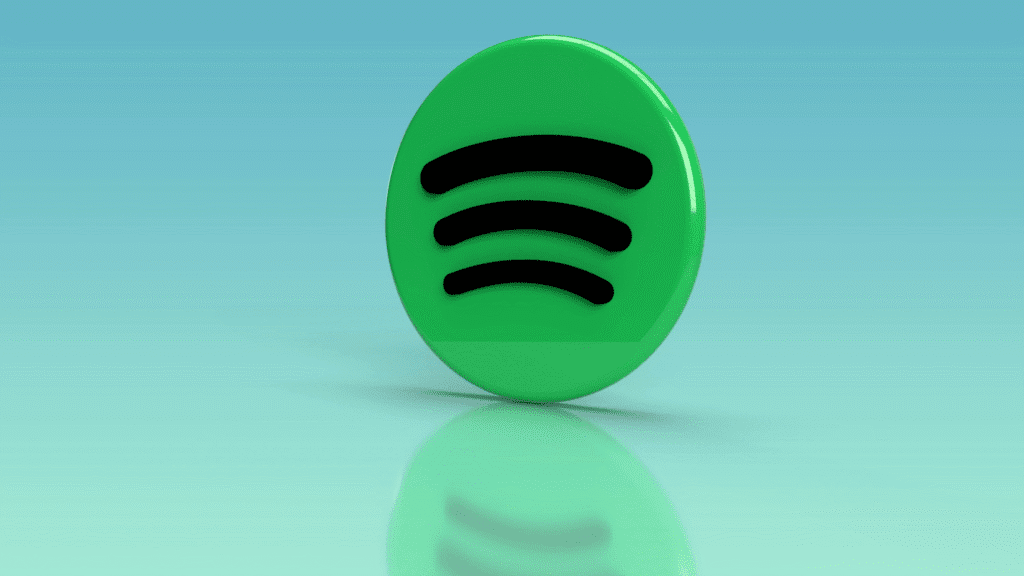“Price increases and price adjustments and so on, that’s part of our business toolbox and we’ll do it when it makes sense.” These are the words of Alex Norstrom, Co-President and Chief Business Officer of Spotify, as he explained the company’s latest decision. Spotify, the world’s biggest music streaming platform, has revealed that it will soon raise the prices of its subscription plans. At the same time, it is planning to launch new features and services for its users, hoping to reach an ambitious goal of one billion listeners worldwide.
The news first came out through the Financial Times, which reported that the Swedish company is preparing to make changes to how much people pay to use its premium service. For many fans, Spotify is not just an app—it has become a daily part of their lives. Millions of people open it every morning, during travel, at work, or while exercising, simply because it gives them instant access to songs, podcasts, and audiobooks from around the world. So, any change in its prices quickly becomes a matter of global attention.
In early August, Spotify had already announced that the monthly cost of its premium individual plan would increase in several countries starting from September. The price, which was previously 10.99 euros, will rise to 11.99 euros. This increase will affect regions such as South Asia, the Middle East, Africa, Europe, Latin America, and the Asia-Pacific. The decision comes as part of Spotify’s larger strategy to improve its profits after years of investing heavily in growth.
Although some listeners may feel worried about paying more, Spotify believes this step is necessary. According to Norstrom, these changes are not just about raising money but also about keeping the business strong in the long term. He explained to the newspaper that the company sees price adjustments as an important tool, something they can use whenever the situation demands it. In other words, just like artists change their style with time, Spotify also changes its prices when it thinks the moment is right.

The company has been working hard to balance its finances. After spending years focusing on expansion—signing deals, investing in podcasts, and entering new markets—Spotify finally recorded its first annual profit last year. This success did not come easily. A big part of it was achieved through cost-cutting measures, which included reducing staff numbers and controlling expenses. Now, with the help of increased subscription prices, Spotify hopes to maintain and even improve its earnings.
Still, the story is not only about money. The company is also promising exciting new features. Though Spotify has not given full details yet, it is clear that the goal is to make the platform more valuable and enjoyable for users. Over the past years, Spotify has already added things like podcasts and audiobooks, turning itself from just a music app into a wider audio platform. The upcoming services are expected to follow the same path, creating more reasons for people to stay subscribed even if the cost is slightly higher.
This strategy reflects Spotify’s long-term dream—to grow from the current 600+ million users to one billion. That number may sound huge, but for a company that operates in almost every country, it feels within reach. The more services it provides, the more likely it is that people will continue to see Spotify as a must-have app. From students making playlists, to workers listening during their commute, to families enjoying music together, Spotify has built an emotional connection with its audience. This connection could make many users accept the new prices without much hesitation.
At the same time, the company knows that competition in the music streaming world is tough. Apple Music, Amazon Music, and YouTube Music are all fighting for attention. Each platform wants to attract listeners by offering unique features or better prices. For Spotify, this means it cannot afford to stand still. By raising prices and adding new features together, the company is showing that it wants to grow smartly, without losing sight of what users expect.
Another interesting detail is how Spotify is carefully spreading the changes across different markets. By raising prices in regions such as Asia, Africa, and Latin America—not just in Europe or the U.S.—the company is spreading out the financial impact. It is also recognizing that its audience is global, not limited to one corner of the world. In this way, Spotify is acting like a worldwide stage, where every user matters, whether they are in a big city like New York or a small town in India.
Some people may wonder why Spotify is raising prices now, especially when many families are already dealing with higher costs of living. The answer lies partly in the business reality of streaming. Music platforms must pay royalties to artists, labels, and publishers. They also spend money on developing technology, improving apps, and running servers that keep songs available at any moment. To manage all of this while staying profitable, companies sometimes need to charge more. Spotify’s leaders believe that their loyal listeners will understand this balance.
Looking ahead, the company’s challenge will be to prove that the new features are worth the extra money. If users feel that they are getting better service, richer content, and smoother experiences, then the slightly higher price may not seem like a burden. But if they do not notice much improvement, some might think about switching to another platform. For this reason, Spotify’s next steps are very important.
For now, the message from Spotify is clear. It wants to continue growing, it wants to stay profitable, and it wants to keep its place as the leading music streaming platform. By carefully adjusting prices and promising fresh features, it is preparing for the future. The company hopes that its listeners, who often find comfort, joy, and inspiration in music, will stay with it on this journey.
In the end, Spotify is not just adjusting numbers on a screen. It is making a statement about its vision. It is saying that music, podcasts, and audio experiences have great value, and that value must be reflected in how the service is priced. As Norstrom put it, “Price increases and price adjustments and so on, that’s part of our business toolbox and we’ll do it when it makes sense.”


